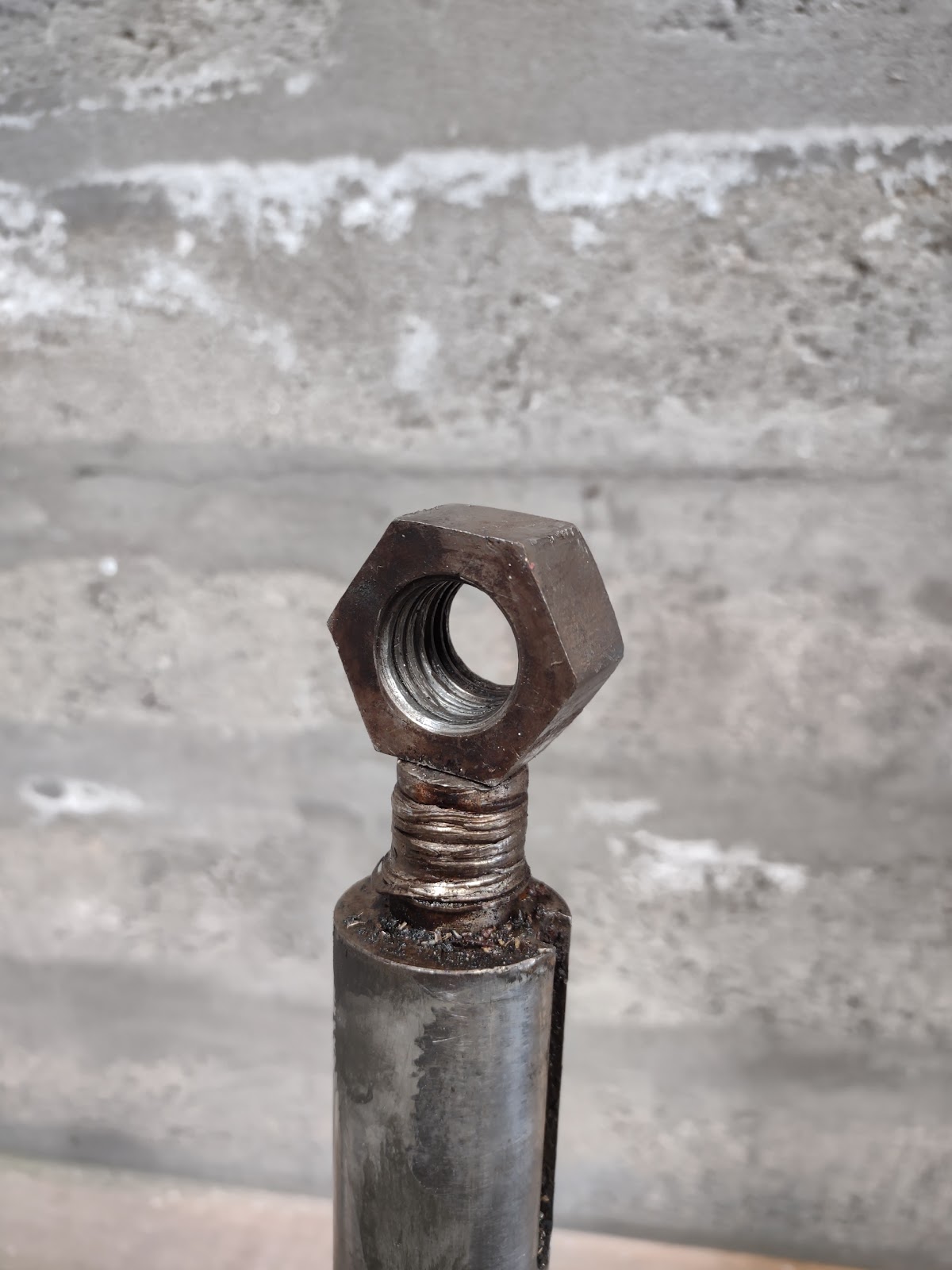With the (slightly wavery) boot top applied, and the topsides cleaned up, we're nearly ready to go:
There is one job left, that can only be done when the boat is lifted. The bottom of the keel needs cleaned up and CopperCoated. Lossiemouth Marina will put me in the boat lift the day before I launch, so I can do it then. I'll drape the bottom of the keel in Visqueen (a mini-tent ...) and heat the area up so that the CC cures quickly. I routinely dry the boat out (one reason for going for CopperCoat - it can be maintained alongside), so I expect the bottom of the keel to get a good bit of wear. And it's rarely seen.
I guess I'm saying it may end up a bit rough.
But I don't know how else I could do it ...




























